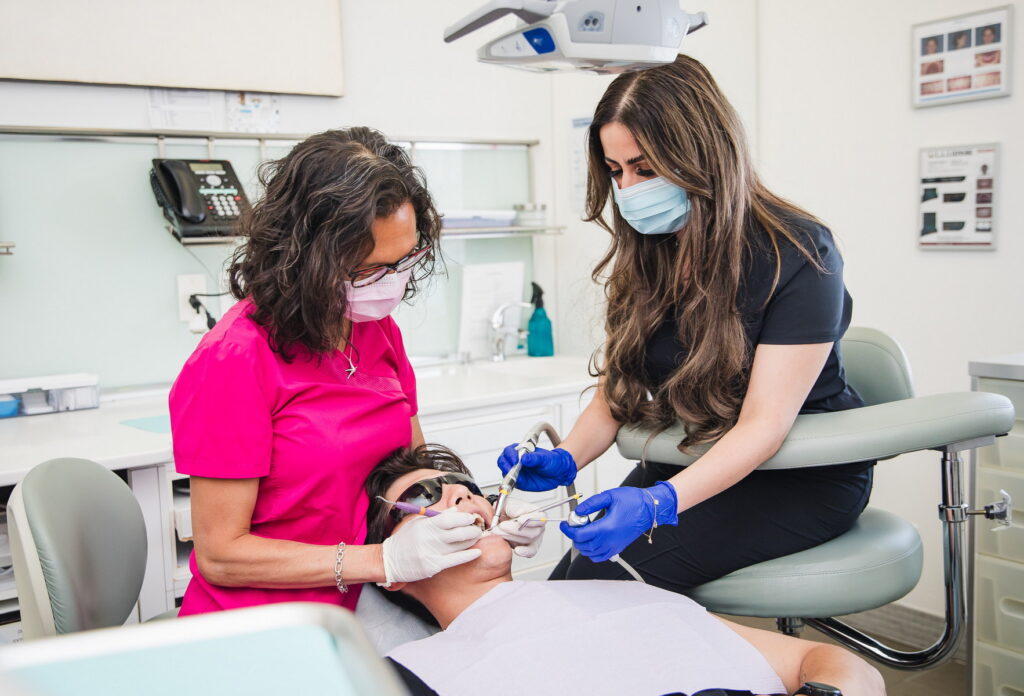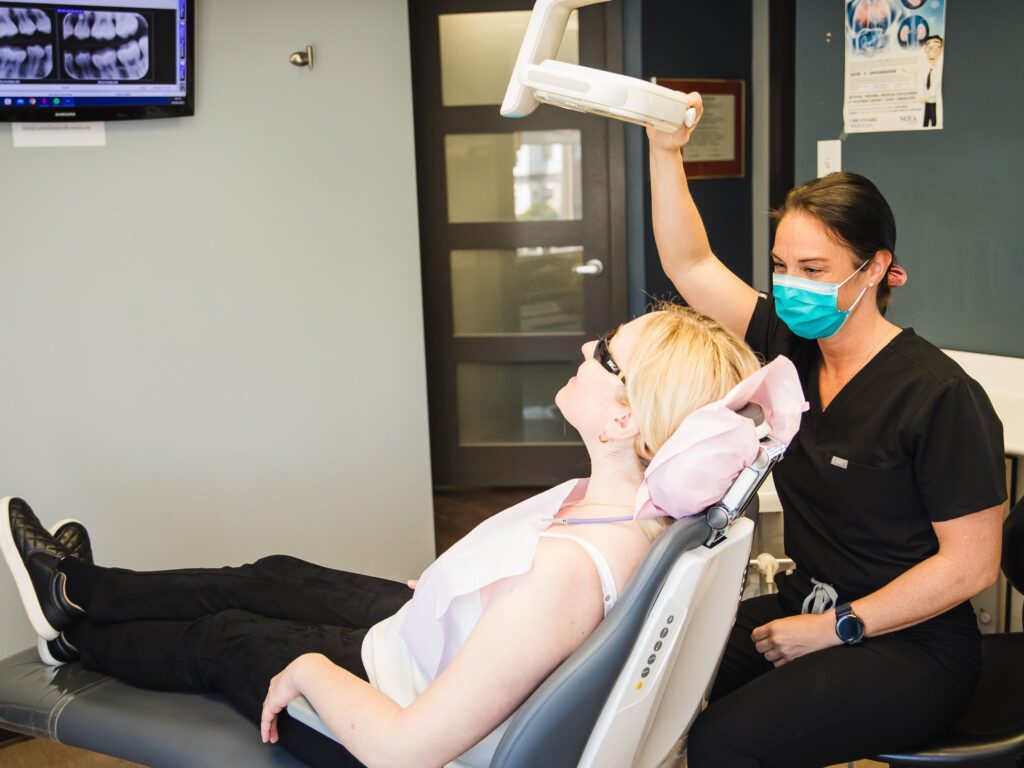Oral Sedation
When sitting through treatment feels overwhelming, this can help.
For some people, dental care comes with real stress. Not just nerves — but full-body tension that makes it hard to even walk through the door.
Oral sedation offers a gentler way forward. One small pill, taken before your appointment, can help you feel more at ease—so you can get the care you need without fighting your own reaction the whole time.


This isn’t about numbing pain. It’s about calming your system.
You know the feeling: racing thoughts, sweaty palms, the urge to cancel. Even if you trust your dentist, that reaction can take over.
Oral sedation doesn’t put you to sleep. But it slows things down internally—softens the panic, reduces awareness of time, and makes the appointment more manageable.
It’s not for everyone. But for those who need it, it can change everything.
You may benefit if:
• You experience dental anxiety or panic
• You have a strong gag reflex or trouble sitting still
• You’re booked for longer or more complex procedures
• Local anesthesia isn’t enough to help you relax
• You’ve delayed care because the stress felt too intense
This is about giving your nervous system a break—not taking away your control.
It starts before you even arrive—so you’re already more at ease.
Oral sedation is usually taken at home, under your dentist’s instructions. You’ll need someone to bring you to and from the clinic, since you won’t be able to drive.
Here’s how it typically works:
• Your dentist will prescribe a sedative pill to take an hour before your visit
• By the time you arrive, you’ll likely feel drowsy, calm, and less aware of time
• You’ll still be awake, but in a deeply relaxed state—many patients remember very little afterward
• Local anesthetic may still be used for pain control, depending on the procedure
• Once treatment is done, you’ll head home to rest and recover with your support person
You won’t be rushed. You’ll be monitored throughout. And your comfort stays the top priority the whole time.

Your Oral Sedation questions, answered.
No. Oral sedation keeps you awake, but very relaxed. Some people feel sleepy or drift in and out—but you’ll still be able to respond to your provider.
Yes, when used properly and with full medical oversight. Your dentist will review your health history before prescribing anything.
It depends on the dose and your body, but most people feel groggy for several hours. Plan to rest at home after the appointment.
Your provider will give specific instructions. You may need to avoid food and certain medications beforehand.
No. Nitrous oxide works while you’re breathing it in. Oral sedation is taken as a pill and has a longer-lasting effect.
Some people need a calmer path—and that’s okay.
Oral sedation isn’t about pushing through your fear. It’s about giving yourself the support to move forward—gently, safely, and in your own time.
If anxiety has been holding you back, this might be a good step.